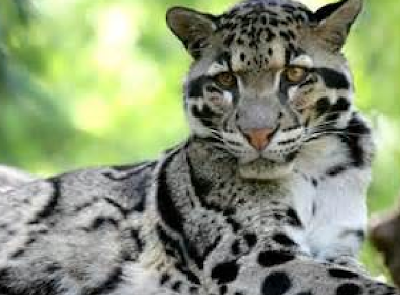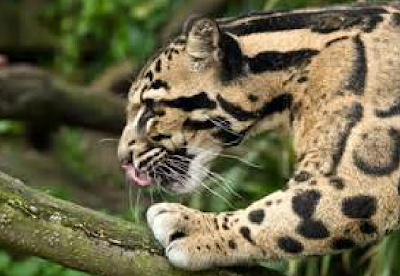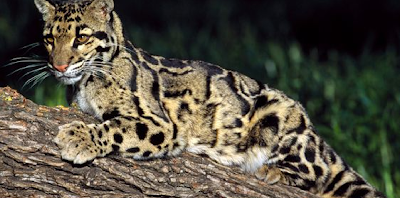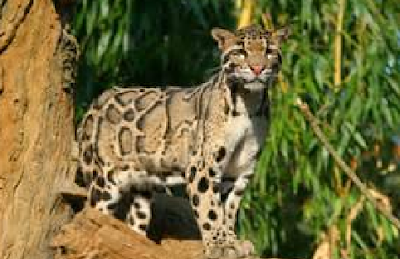Snow Leopard
The Snow Leopards are exceptional, wonderful gray leopards live in the mountains of Central Asia. They are protected by thick hair, and their wide, fur-covered feet act as healthy snowshoes. Snow leopards have strong legs and are remarkable leapers, capable to jump as far as 50 feet (15 meters). They use their long tails for balance and as blankets to cover very sensitive body parts towards the severe mountain chill.
Snow leopards prey upon the blue sheep (bharal) of Tibet and the Himalaya, along with the mountain ibex found over the majority of the rest of their range.
Though these strong predators can kill animals three times their weight, they also eat smaller fare, such as marmots, hares, and game birds.
One Indian snow leopard, secured and observed in a national park, is reported to have consumed five blue sheep, nine Tibetan woolly hares, twenty-five marmots, five domestic goats, one domestic sheep, and fifteen birds in a single year.
As these numbers indicate, snow leopards sometimes have a taste for domestic animals, which has led to killings of the big cats by herders.
These endangered cats appear to be in dramatic decline because of such killings, and due to poaching driven by illegal trades in pelts and in body parts used for traditional Chinese medicine. Vanishing habitat and the decline of the cats' large mammal prey are also contributing factors.



















